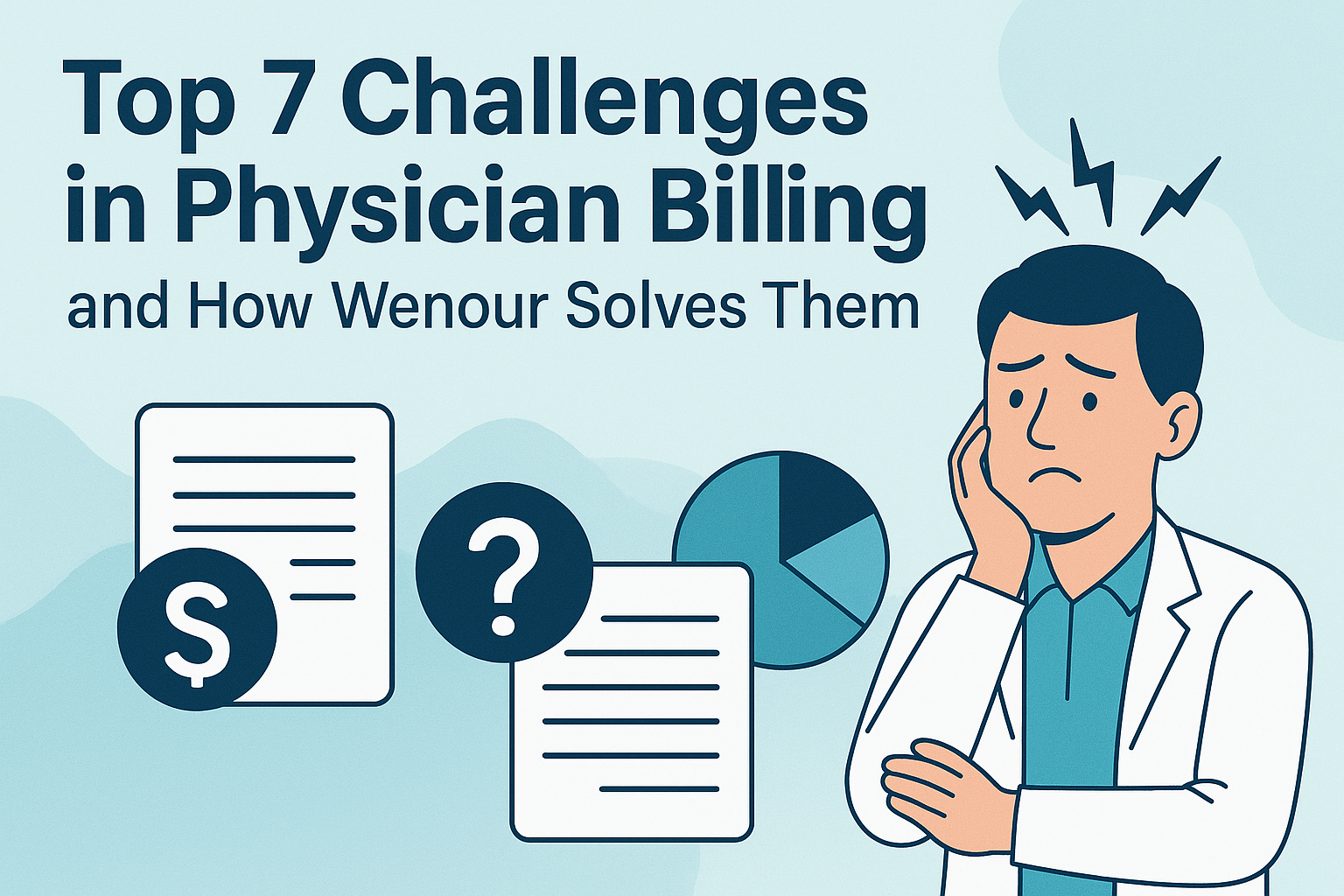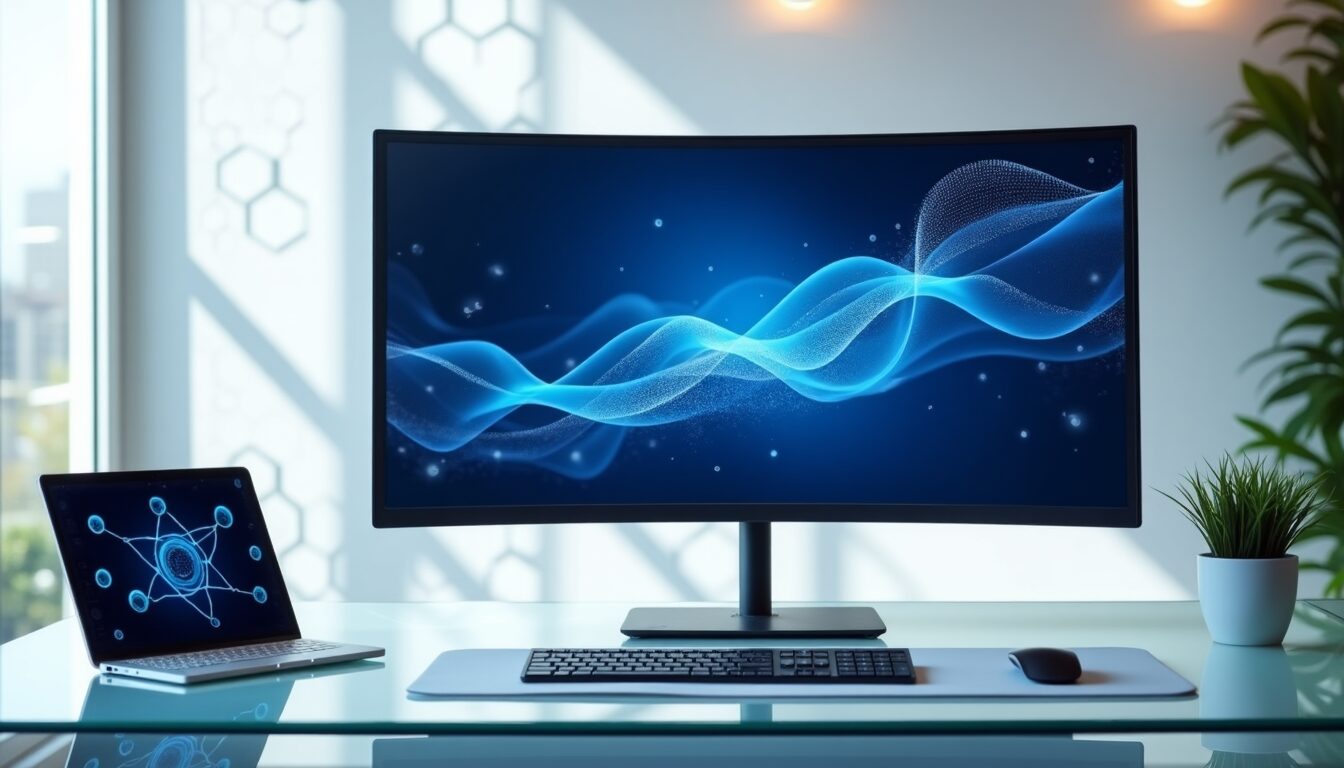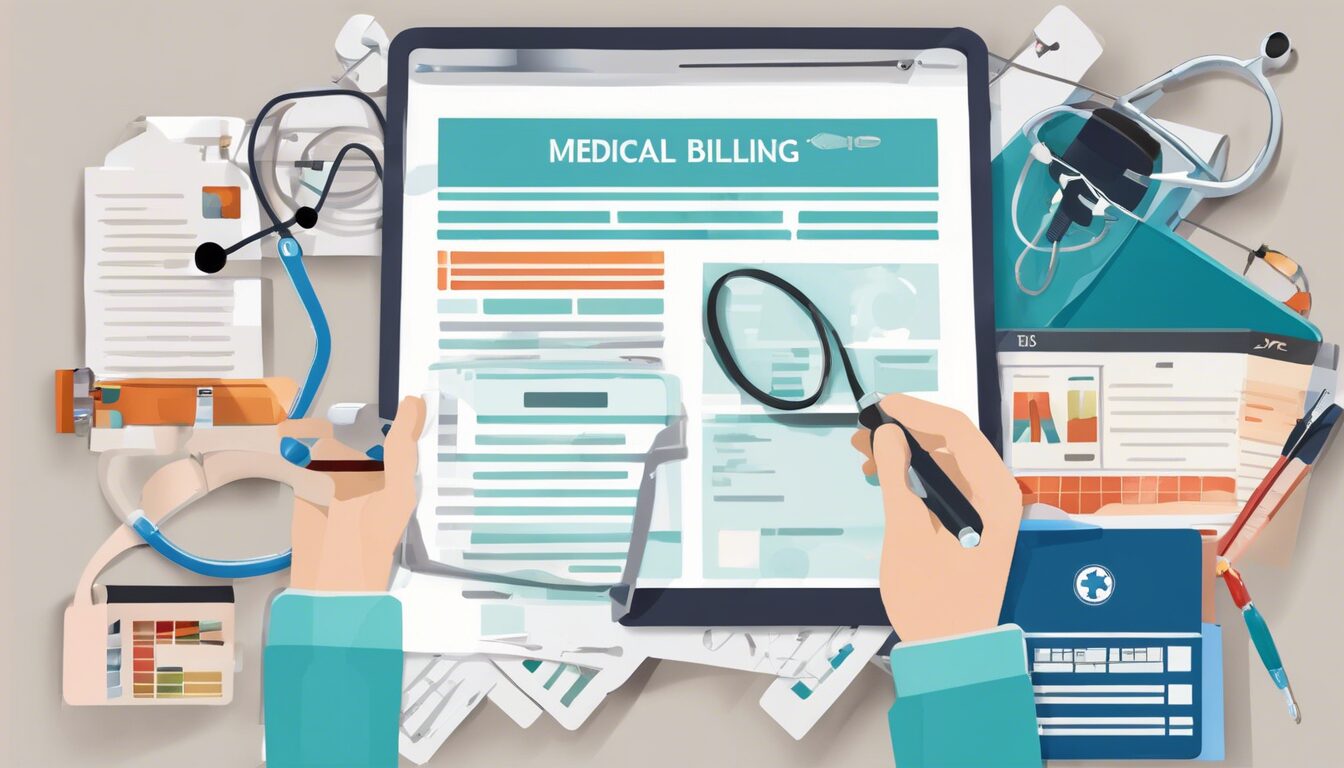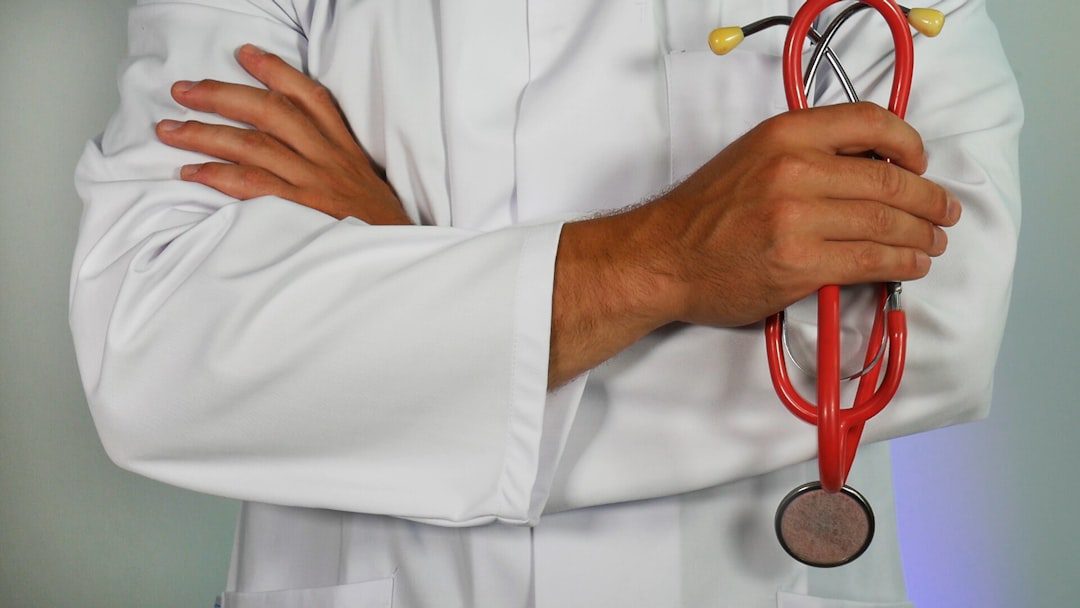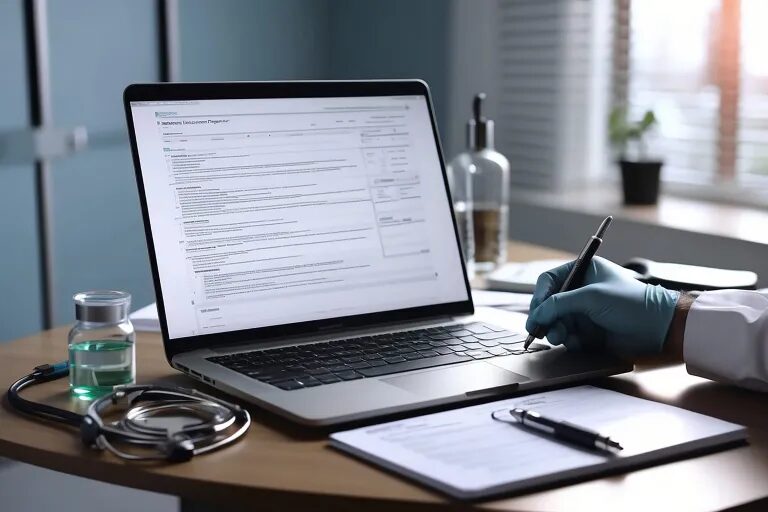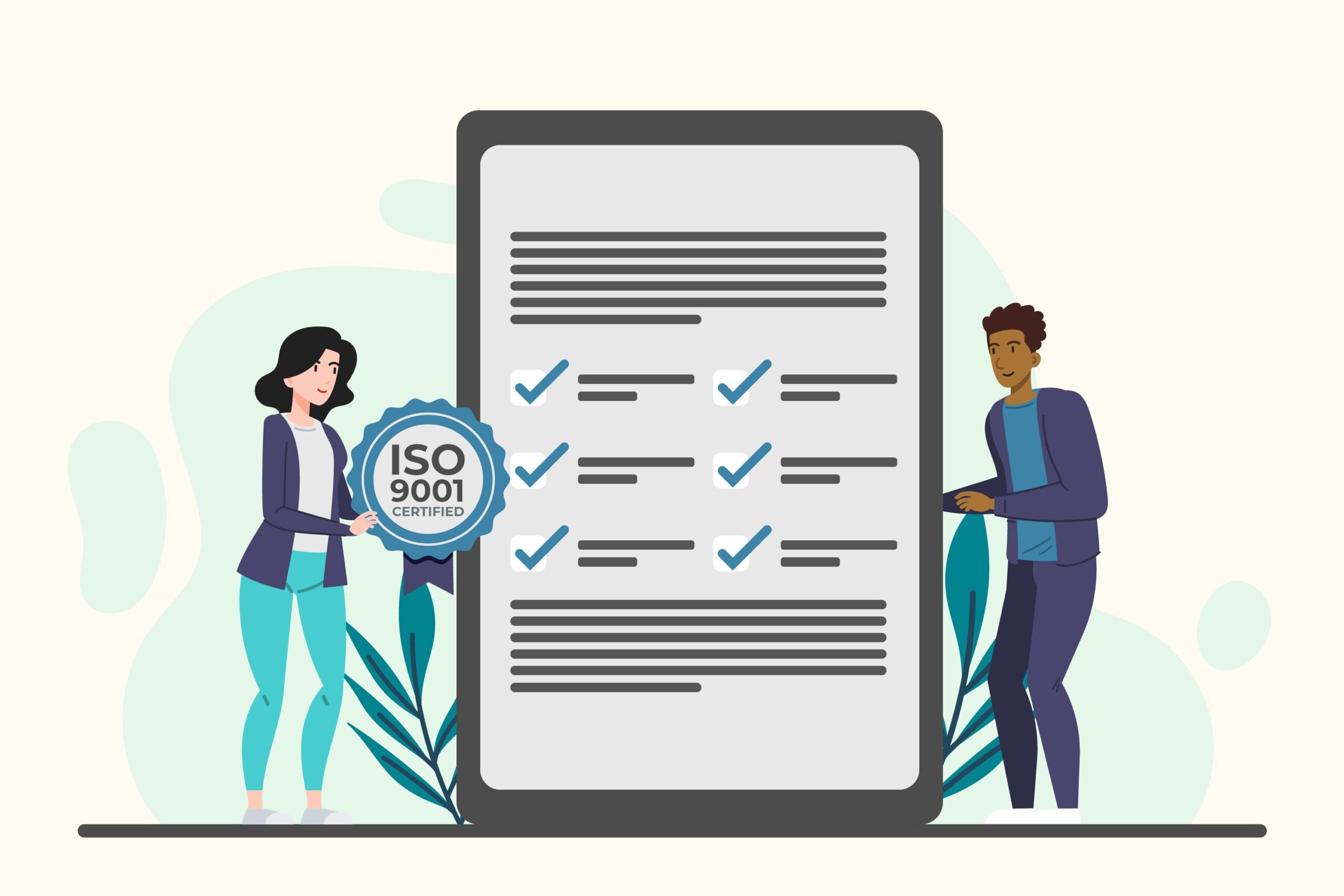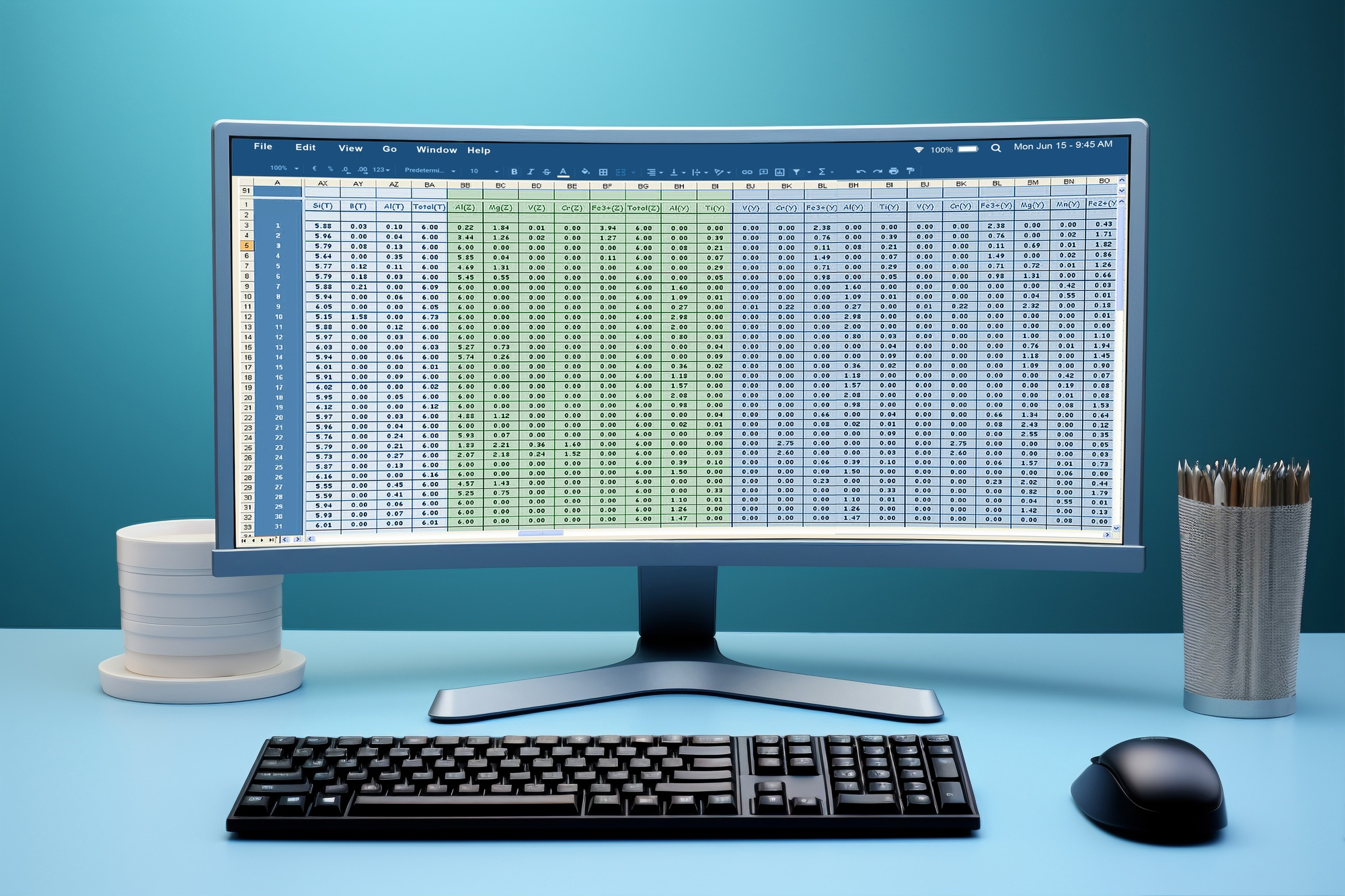
Mastering Medical Billing and Coding for Negative Pressure Wound Therapy

Negative Pressure Wound Therapy (NPWT) has revolutionized wound care, offering effective treatments for a wide range of chronic wounds, post-surgical incisions, and traumatic injuries. As healthcare professionals strive to provide optimal care, mastering the intricacies of medical billing and coding for NPWT becomes essential. In this comprehensive guide, we will explore the components of NPWT systems, indications for NPWT, documentation guidelines, CPT codes, ICD-10 codes, modifiers, and strategies for navigating denials. With a focus on professionalism and accuracy, we will delve into the world of medical billing and coding for NPWT.
Components of NPWT System
The NPWT system comprises several key components that work together to facilitate wound healing. These components include:
1. Wound Dressing: NPWT dressings have evolved to accommodate various wound geometries and optimize negative pressure distribution. Specialized foams and gauzes promote granulation tissue and may even possess antimicrobial properties, enhancing therapeutic efficacy.
2. Tubing: The tubing component of NPWT systems has become more flexible and user-friendly, allowing for easier application and adjustments. Some systems incorporate smart technologies to monitor pressure levels and detect potential leaks, ensuring the reliability of therapy.
3. Canister: Canister technology has evolved to improve usability and minimize disruptions. Larger capacity canisters with innovative features for easy disposal are now available, streamlining the NPWT process.
4. Vacuum Pump: Advances in vacuum pump technology have led to more compact, quieter, and energy-efficient devices. These improvements contribute to enhanced patient comfort and increased portability, enabling NPWT administration in various clinical settings.
Indications for NPWT
NPWT is a versatile therapy with a broad range of indications. It can be employed in the treatment of:
1. Chronic Wounds: NPWT promotes granulation tissue and modulates the wound microenvironment, optimizing cellular activities and signaling pathways involved in prolonged wound healing.
2. Surgical Wounds: Post-surgical incisions can benefit from NPWT, especially high-risk surgical incisions. Techniques like closed-incision NPWT have shown efficacy in reducing surgical site infections and dehiscence rates.
3. Traumatic Wounds: NPWT is not limited to creating a conducive environment for healing but also manages tissue damage, promotes regenerative responses, and minimizes scarring in traumatic injuries.
NPWT Documentation Guidelines
Accurate and comprehensive documentation is crucial for proper medical billing and coding for NPWT. The following guidelines should be followed:
1. Patient Information: Begin with a thorough understanding of the patient’s overall health. Integration of electronic health records (EHRs) ensures seamless access to patient data, fostering a holistic approach to care.
2. Wound Assessment: Utilize imaging technologies and molecular analysis to obtain a detailed understanding of wound characteristics. This comprehensive assessment aids in personalized treatment planning.
3. Indication for NPWT: Precision medicine principles guide the indication for NPWT. Biomarker analysis and genetic profiling may play a role in determining the patient’s response to NPWT, allowing for a more tailored approach.
4. NPWT Initiation Details: Implement automated documentation systems integrated with NPWT devices to streamline the recording of initiation details. Real-time data capture facilitates immediate adjustments to the therapy plan based on the patient’s response.
5. Negative Pressure Settings: Dynamic pressure modulation systems allow adaptive adjustments based on real-time wound conditions. These systems optimize therapeutic effects while minimizing patient discomfort and complications.
6. Monitoring and Evaluation: Incorporate artificial intelligence (AI) algorithms into NPWT systems for continuous monitoring and evaluation. These algorithms analyze data from sensors, providing predictive insights into wound healing trajectories.
7. Documentation of Dressing Changes: Automate image capture during dressing changes, integrated with documentation systems, to visually track wound progression. This aids in clinical decision-making and serves as an educational tool for patients and caregivers.
8. Patient Tolerance and Compliance: Utilize wearable technologies and patient-reported outcome measures (PROMs) to document patient tolerance and compliance. Remote monitoring enhances understanding of adaptation to NPWT in daily life.
9. Complications and Adverse Events: Employ AI-driven risk prediction models to identify potential complications before they manifest clinically. Proactive interventions reduce the incidence of adverse events.
10. Communication with Other Healthcare Providers: Ensure interoperability of EHR systems for seamless communication among healthcare providers. Telemedicine platforms facilitate real-time consultation on complex cases.
11. Discontinuation of NPWT: Utilize automated decision support systems, integrated with patient data and healing trajectories, to provide evidence-based recommendations for discontinuation. Optimize timing of NPWT cessation for each patient.
12. Follow-up and Outcomes: Incorporate patient-reported outcomes and AI-driven analytics to understand post-NPWT outcomes. Predictive modeling aids in setting realistic expectations and tailoring follow-up plans.
13. Billing and Coding Information: Utilize automated coding assistance tools linked with billing systems to ensure accuracy and compliance with evolving healthcare regulations. Enhance efficiency of healthcare delivery and reduce administrative burden.
14. Patient Education: Utilize interactive educational platforms, including virtual reality (VR) simulations, to empower patients with a deeper understanding of NPWT. Gamified applications encourage active participation in self-care, leading to better outcomes.
CPT Codes: The Blueprint of NPWT Sessions
CPT codes play a crucial role in medical billing and coding for NPWT sessions. The following codes are commonly used:
1. 97605 – NPWT, total wound(s) surface area less than or equal to 50 square centimeters: This code represents NPWT sessions for wounds with a more compact surface area.
2. 97606 – NPWT, total wound(s) surface area greater than 50 square centimeters: This code is used for NPWT sessions for larger wound surfaces.
These CPT codes provide standardized communication, allowing healthcare professionals to articulate the complexity and intensity of NPWT services during billing and coding processes.
ICD-10 Codes: Navigating the Landscape of Diagnoses
In conjunction with CPT codes, ICD-10 codes guide the accurate portrayal of wound conditions in medical billing and coding. Some commonly used ICD-10 codes for NPWT include:
1. L97 – Ulcer of lower limb, not elsewhere classified: This code is relevant for categorizing lower limb ulcers, particularly in the context of NPWT.
2. T81.31 – Disruption of wound, not elsewhere classified: This code is used when wound disruption necessitates NPWT application.
3. T82.5XX – Infection and inflammatory reaction due to other internal prosthetic devices, implants, and grafts, not elsewhere classified: This code is relevant when NPWT is applied in conjunction with internal prosthetic devices or grafts.
Selecting the right ICD-10 codes is crucial for justifying the medical necessity of NPWT by aligning with the unique characteristics of the wound and the patient’s overall medical condition.
Modifiers: The Fine-Tuning Instruments
Modifiers add specificity to codes in medical billing and coding. For NPWT, modifiers such as -LT (left side), -RT (right side), or -25 (indicating a significant, separately identifiable evaluation and management service) provide additional information, enhancing coding precision.
Navigating Denials: A Strategic Approach
To avoid claim denials in medical billing and coding, healthcare providers must be vigilant in several areas, including:
1. Lack of Medical Necessity Documentation: Thorough documentation is essential for establishing the medical necessity of NPWT. It should vividly articulate the wound’s characteristics and the patient’s condition.
2. Incomplete Documentation: Comprehensive documentation encompassing wound assessments, treatment plans, and patient responses is necessary to prevent denials.
3. Prior Authorization Issues: Verify payer-specific requirements and obtain necessary prior authorizations, especially for non-emergent cases, to preempt denials.
4. Timely Filing: Adhere to timely filing limits imposed by different payers to prevent denials caused by submission delays.
5. Equipment Rental Issues: Comply with equipment rental agreements and accurately bill for related charges to safeguard against denials associated with equipment discrepancies.
As guardians of patient care, healthcare providers and coders navigate the complexities of medical billing and coding with a shared purpose: to elevate the quality of care provided to each individual. The language of codes serves as a powerful means of communication, enabling a seamless exchange of information among members of the healthcare team. Meticulous documentation becomes the canvas upon which the story of a patient’s health journey is painted. Embracing advancements in NPWT documentation practices ensures that NPWT remains at the forefront of wound care, continually enhancing patient outcomes and shaping the future of medical practices.
The Role of Wenour in Medical Billing and Coding
At Wenour, we understand the importance of accurate medical billing and coding in ensuring proper reimbursement for healthcare services. As a leading medical billing company, we specialize in providing comprehensive medical billing services in remote USA. Our experienced team of professionals is well-versed in the intricacies of NPWT documentation and coding, ensuring compliance with evolving healthcare regulations. By partnering with Wenour, healthcare providers can focus on delivering exceptional patient care while maximizing revenue and minimizing administrative burdens.
In conclusion, mastering medical billing and coding for NPWT is essential for healthcare professionals aiming to provide optimal care for patients. By understanding the components of NPWT systems, indications for NPWT, documentation guidelines, CPT codes, ICD-10 codes, modifiers, and strategies for navigating denials, healthcare providers can ensure accurate reimbursement and streamline the billing process. With the support of medical billing companies like Wenour, healthcare providers can confidently navigate the complexities of NPWT billing and coding, focusing on what truly matters – delivering high-quality care to patients.


